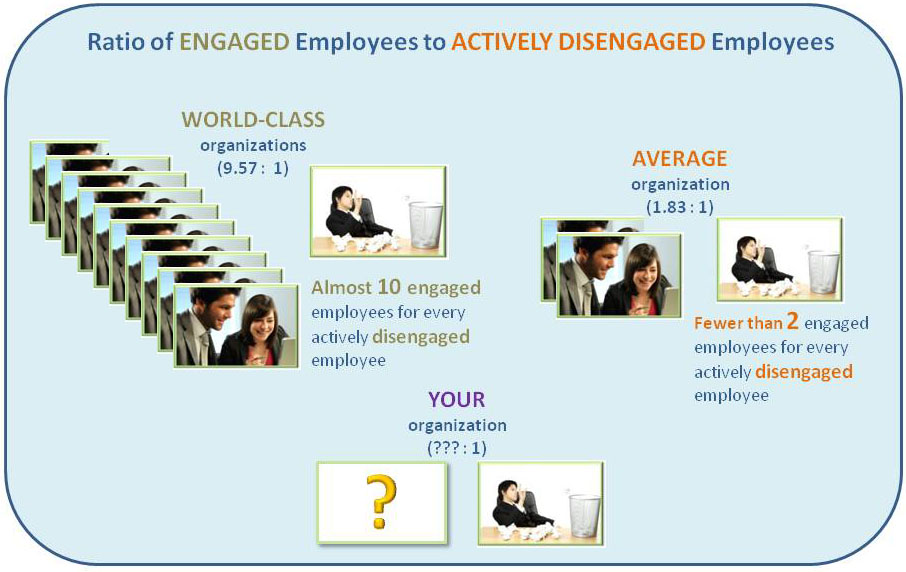My good friend and fellow speaker, Bruce Wilkinson, speaks about the fact that there are two locations of the same fast-food franchise near his home. He consistently goes to one location, while avoiding the other.
Why? They both serve the same sandwiches, in the same serving size, and at the same price. But one of them has employees who go out of their way to make him feel welcome (and remember him!) when he visits. The other has employees who appear as though they couldn’t care less whether he visits them or not… so he doesn’t.
Thankfully for that organization, he still gives one location his business. But what would happen if neither location treated him well? I’m guessing that he wouldn’t give any location a chance because he would label the entire chain as “unsatisfactory.” There are just too many other restaurants to choose from, so the entire brand would suffer from the actions of a couple of restaurants.
Remember that CONSISTENCY is king when it comes to customer service: consistency from team member to team member, shift to shift and location to location.
If your representatives are not fully engaged, proactively thinking and taking ownership for your organization’s success, your consistency will suffer… taking your customer service, your brand reputation and your profits with it.
Ask yourself this question: Are your associates engaged and consistently creating the highest levels of service for your valuable customers?
The info-graphic below depicts the difference in engagement between world-class organizations and the average organization in the U.S. Where does your organization stand?

What does having even AVERAGE employee engagement do to:
- Productivity
- Morale
- Profits
- Customer Service
- Brand Reputation
Take a look at the areas where your employees are performing at a level that could be better and more consistently excellent. Then ensure that they receive the training necessary to show them what types of behavior on their part will lead to success (for them and everyone in the organization) – and the level at which you expect them to perform. Give them the tools necessary to accomplish those goals, and then reward them for it.
When you do this, you will increase engagement because they know they matter, they know what to do to ensure that they make a positive difference, and they are rewarded for it. And that will pay off handsomely in terms of emotional and financial success for everyone involved.

